Alert Levels and Aviation Color Code
Before getting into the events, having an understanding of terminology is useful to know. Updates and warnings are given through specific colors and wording.
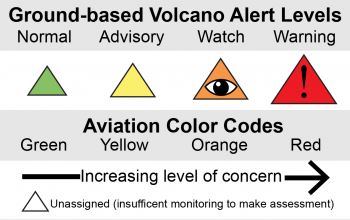
May 3rd
May 4th
Lava kept flowing from the cracks in the ground. The cracks were also releasing gases.
More cracks were found in the ground. They were also releasing lava and gases.
Current Volcano Alert Level: Warning
Current Aviation Color Code: Orange
More cracks were discovered adding up to 14 cracks total.Current Volcano Alert Level: Warning
Current Aviation Color Code: Orange
Current Volcano Alert Level: Warning
Current Aviation Color Code: Orange
No lava was reported seeping out of any of the 15 cracks. There was high emission of gases however. The earthquake activity was high on the 10th.
Current Volcano Alert Level: Warning
Current Aviation Color Code: Orange
There are a total of 16 cracks. Lava is "spattering" but there is no lava flow. Earthquake and gas emission is still high.
Current Volcano Alert Level: Warning
Current Aviation Color Code: Orange
17 cracks in total, with lava flow out of crack 17. There have been a few ash clouds, but are localized and haven't gone higher than a few thousand feet.
Current Volcano Alert Level: Warning
Current Aviation Color Code: Orange
Steam and minor ash clouds are occurring. 19 cracks have been found. There is lava spatter going 100 feet in the air.
May 15th
The cloud of ash and steam is 10,000-12,000 feet above the ground. There are more projectiles and ash being produced. There are now 20 cracks.
Current Volcano Alert Level: Warning
Current Aviation Color Code: Red
Current Volcano Alert Level: Warning
Current Aviation Color Code: Red
May 17th Updated
The volcano created a volcanic cloud that is 30,000 feet above sea level, and the emissions were 12,000 feet above sea level.
The volcanic gas emissions are at a high level. Some cracks are actively spewing lava, and now there are 21 cracks. Earthquake activity continues, but they have all been below a magnitude of 3.5.
Current Volcano Alert Level: Warning
Current Aviation Color Code: Red
May 18th
May 19th
May 20th
May 21st
What Do I Need to Know About Volcanic Ash?
It can block out the sun to the point where it is completely dark during the day. Thunder and lightning can occur because of the friction from the eruption.
Current Volcano Alert Level: Warning
Current Aviation Color Code: Orange
There are a total of 16 cracks. Lava is "spattering" but there is no lava flow. Earthquake and gas emission is still high.
Current Volcano Alert Level: Warning
Current Aviation Color Code: Orange
17 cracks in total, with lava flow out of crack 17. There have been a few ash clouds, but are localized and haven't gone higher than a few thousand feet.
Current Volcano Alert Level: Warning
Current Aviation Color Code: Orange
Steam and minor ash clouds are occurring. 19 cracks have been found. There is lava spatter going 100 feet in the air.
Current Volcano Alert Level: Warning
Current Aviation Color Code: Orange
May 15th
Current Volcano Alert Level: Warning
Current Aviation Color Code: Red
May 16th
Strong earthquakes have occurred near the summit of the volcano. The ash emission has slowed. The ash cloud is 3,000-4,000 feet above the ground. The gas emissions from the cracks are still strong. Current Volcano Alert Level: Warning
Current Aviation Color Code: Red
May 17th Updated
The volcanic gas emissions are at a high level. Some cracks are actively spewing lava, and now there are 21 cracks. Earthquake activity continues, but they have all been below a magnitude of 3.5.
Current Volcano Alert Level: Warning
Current Aviation Color Code: Red
May 18th
Lava has been gushing out of crack 20, and crossed Pohoiki Road. The air quality is poor due to the smoke from the lava burning vegetation. All earthquakes that occurred were under a magnitude of 3.5. There are a total of 22 cracks.
Current Volcano Alert Level: Warning
Current Aviation Color Code: Red
May 19th
Lava flow has increased out of some of the cracks. Ash fall might occur due to winds.
Current Volcano Alert Level: Warning
Current Aviation Color Code: Red
May 20th
Lava flow has increased from crack 20, and the lava flow reached the ocean.
Ash emissions have been taking place, as well as two eruptions of ash.
Current Volcano Alert Level: Warning
Current Aviation Color Code: Red
Current Aviation Color Code: Red
May 21st
A small eruption occurred this morning spewing ash 7,000 feet into the air.
Current Volcano Alert Level: Warning
Current Aviation Color Code: Red
Current Aviation Color Code: Red
What is Volcanic Ash?
First off, volcanic ash is dangerous. This ash is tiny particles of volcanic rock that can irritate lungs and eyes. There is an acid coating to it that can contaminate water and vegetation. It can block out the sun to the point where it is completely dark during the day. Thunder and lightning can occur because of the friction from the eruption.
What Effects Occur Due to Volcanic Ash?
- Respiratory effects tend to be short-term, the person may experience coughing, sore throat, a runny nose, and/or uncomfortable breathing. If a person has minor preexisting lung issues, like bronchitis or asthma, then they can have the same symptoms with wheezing and/or shortness of breath. With breathing being more difficult, this can lead to problems with people who have a preexisting chronic lung issue.
- Eye irritation can be experienced as being itchy, bloodshot, tearing, "sticky discharge", scratches due to the tiny particles, and inflammation of eyes.
- Skin irritation is less common, it is experienced through reddening of skin, and possible infection due to the person scratching.
- Indirect issues are: poor road visibility, power outages, water can be tainted, sanitation can be affected, roofs may collapse, and grazing types of animals can be harmed as the ash is toxic.
So What Can You Do to Protect Yourself & Family?
- Limit driving
- Keep windows and doors closed
- Eye protection
- N95 mask
- If the mask is not a certified N95 mask then there is a risk that particles can get through; N95 masks are also known as P2, FFP2, and DS2 masks around the world.
- If the mask is certified, then there will be printing on the mask saying so.
- Wash all affected food with clean water
- Clean up the ash by "lightly [watering] down the ash deposit"
- Do NOT use a hose to do this, as the excessive wetting of ash can cause it to become heavier and collapse a roof.
- Do NOT dry brush or sweep. This can cause high exposure as the ash clouds in the air.
What About Your Children?
- Have them play indoors.
- Do NOT have them engage in "strenuous play or running when there is ash in the air"
- Have your child wear a mask if outside when there is ash
- Do NOT let your child play in the ash.
What Do I Need to Know About Acid Rain?
Acid Rain Explained by National Geographic
What is Acid Rain?
Acid rain occurs when some form of precipitation and an acidic component, like sulfuric acid or nitric acid, are combined. The pH level lowers from about a 7 for water to about a 4 for acid rain. Natural rain fall actually tends to be more acidic than typical drinking water as it is about a 5.6 on the pH scale. Acid fog, however, typically falls at a 3.4, but one back in 1986 was a 1.7
What Causes Acid Rain?
There are many things that can cause acid rain, such as:
- Vehicles
- Heavy machinery/equipment
- Burning fossil fuel
- Manufacturing, oil refineries and other industries"
Currently there is a fear of acidic rain in Hawaii due to Kilauea.
What Are the Dangers of Acidic Rain?
Below is an image that was created to show the effects of acidic rain on the ecosystem.
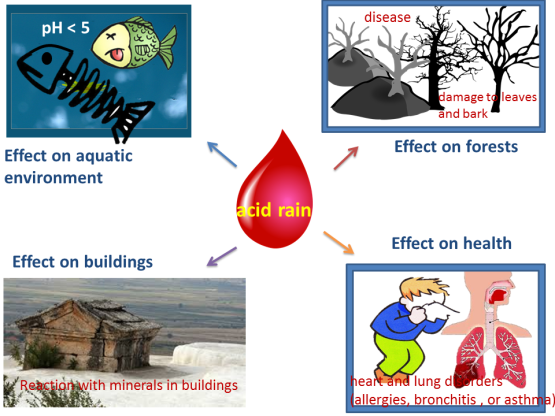
How to Protect Yourself From Acid Rain
The best thing that you can do is say indoors. Depending on the pH level of the acid rain, different things should be done. Basically, if you are to go outside when there is acid rain protect your skin.
- Wear gloves
- Wear a poncho
- Have eye protection
- Cover as much skin as possible
- Cover your hair
Keep pets inside as well as children. This can help keep them protected.
Below are images of some PDFs provided by IVHHN. You can get the PDFs through the following links: vog, fitting a mask, and ash pamphlets
For further information on ash and volcanic gas follow this link.



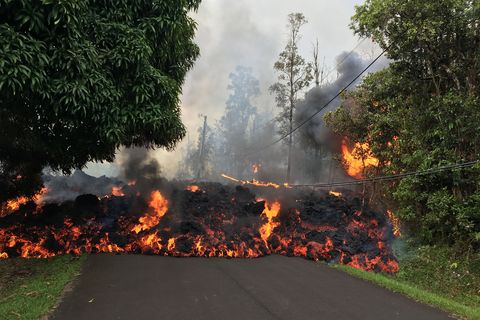


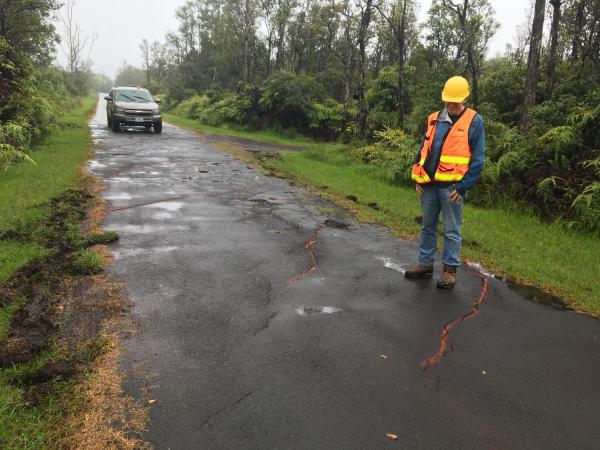
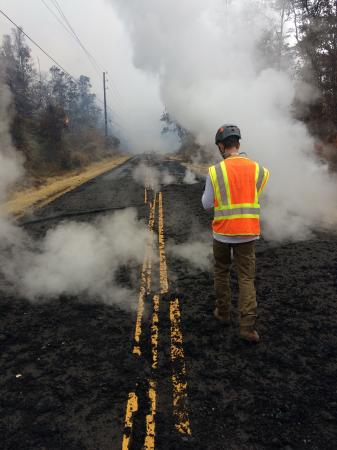
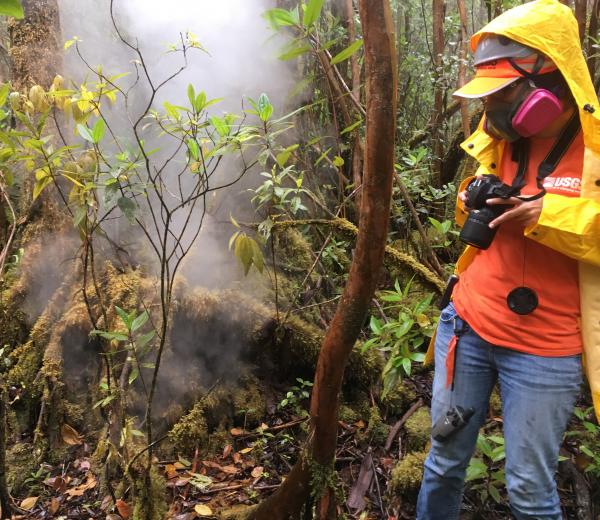

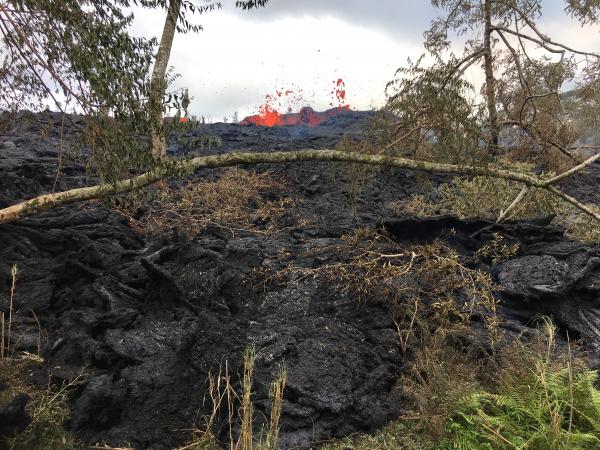
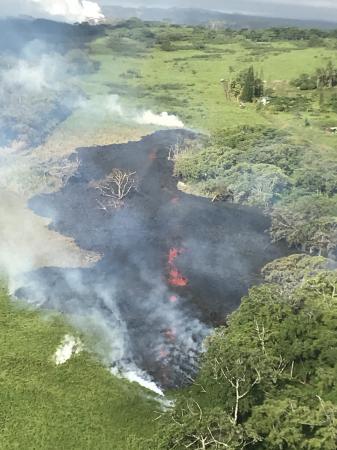
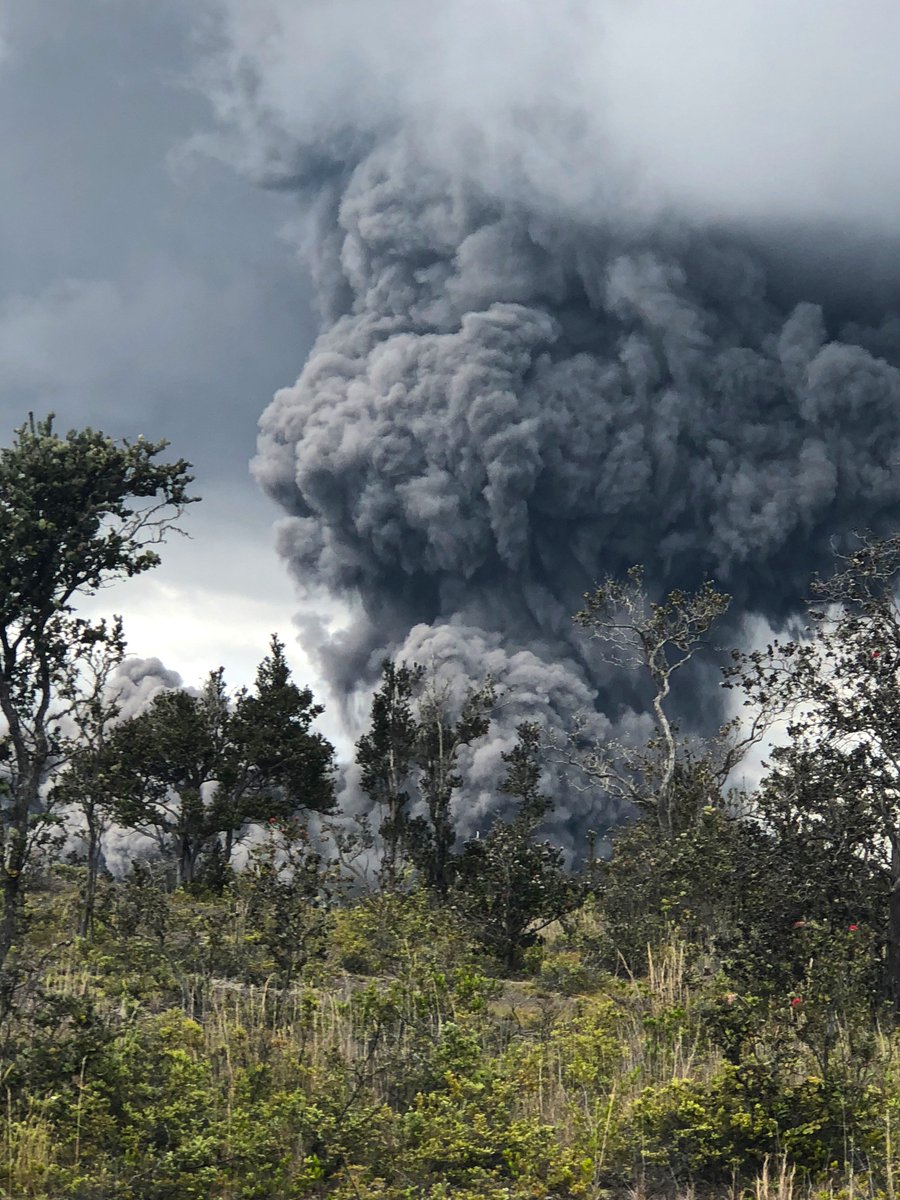




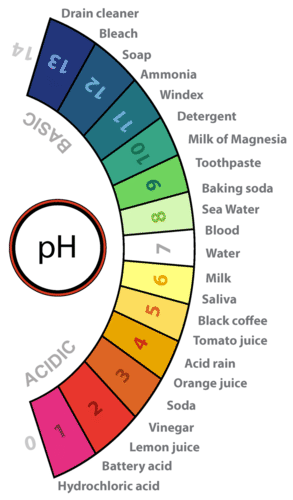




No comments:
Post a Comment